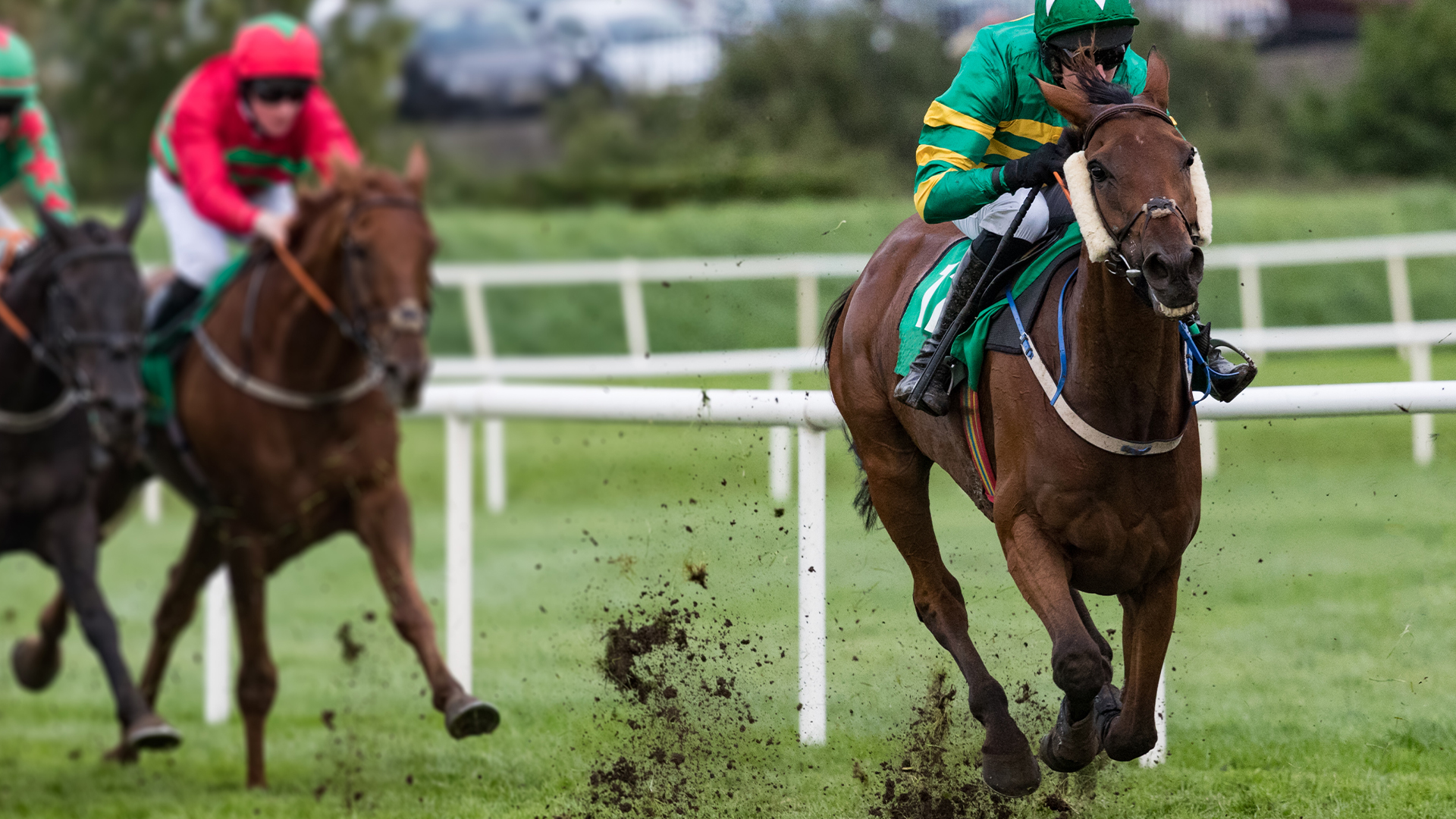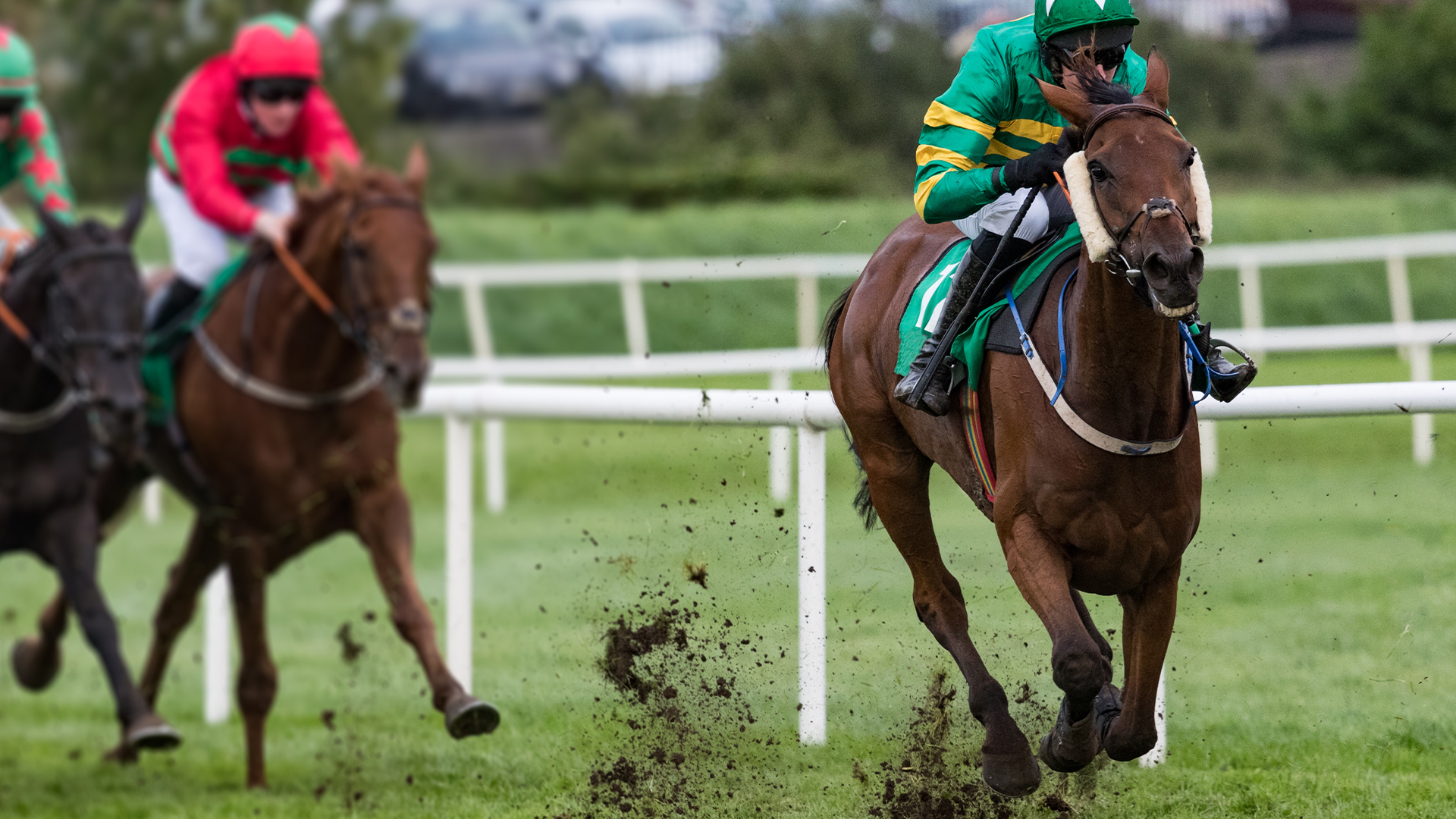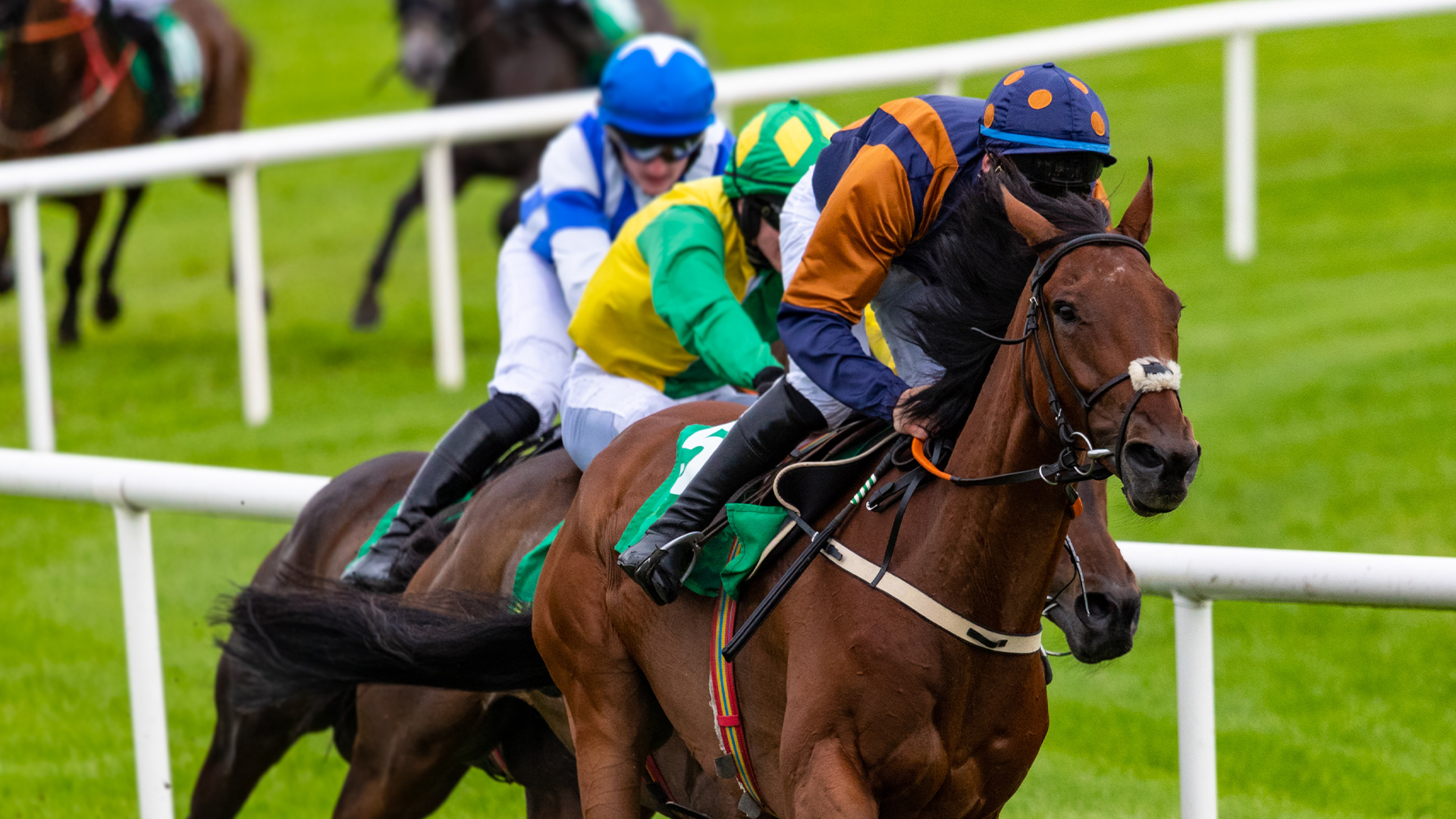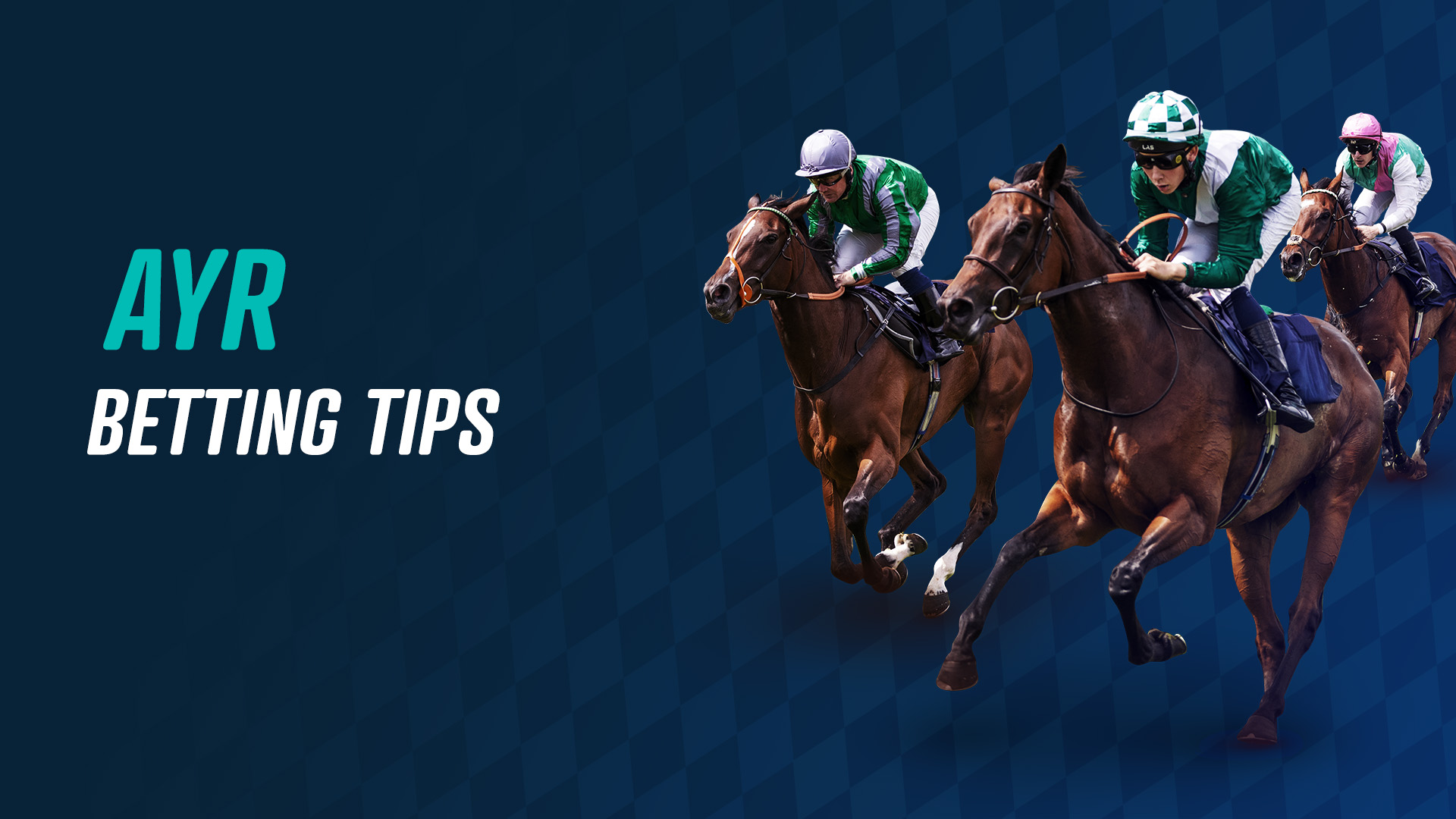
Ayr Racecourse Guide
Ayr is Scotland’s premier racecourse and home to the biggest races north of the border. It is Scotland’s only Grade 1 track and attracts thousands of racing fans throughout the year. Just like with all races, at Bet UK’s online sports betting you can get the latest horse racing betting odds for all meetings and races at Ayr racecourse. Over at our sports blog, we’ll be bringing you the latest Ayr racing betting tips for all major meetings.
Where is Ayr Racecourse?
Ayr racecourse is located just outside of the town of Ayr, in the south west of Scotland. Racing at Ayr dates back to 1576, but the races as we know it today have taken place since 1907. Since opening in 1907, Ayr’s reputation has steadily grown bigger and now hosts the 2 biggest meetings in Scotland. Ayr is one of the few courses that can boast big meetings in both the flat and jumps seasons, making it one of the best all year round tracks in the UK.
How To Get To Ayr Races
Driving to Ayr Racecourse
Regardless of where you are driving from, the easiest way to get to Ayr is to initially follow signs to Glasgow. Ayr is about 40 miles southwest of Glasgow, so as you approach Glasgow on the A74, leave at junction 12 and head along the A70 towards Ayr. After just over 10 miles on the A70, turn right onto the B74. Another 10 miles down the road, head straight over the roundabout to join the A719, which will take you directly to the races.
Car Parking at Ayr Racecourse
Car parking is free to all racegoers at Ayr and there is plenty of space available at the course. However for the bigger meetings at Ayr, it is recommended to turn up early if you want to guarantee yourself a space. There are 2 public car parks, one just outside the racecourse and one in the centre of the track, but both will be clearly signposted on the approach.
Getting The Train To Ayr Racecourse
Ayr train station is in close proximity to the racecourse and is also one of the most accessible stations in Scotland. Depending on where you are, you may have to get to Ayr via Edinburgh or Glasgow, but that should only add an extra hour onto your journey at the most. Once you arrive at the station in Ayr, head out of the main entrance and turn left onto Station Road. Cross the bridge over the River Ayr, before carrying on to walk along Craigie Road. Turn right at the end of the road and you’ll be able to see the main entrance to the races.
What Is The Track Like At Ayr?
When the races opened at Ayr in 1907, plans for the track took heavy inspiration from Newbury and there are clear similarities between the two courses. The track is left handed throughout and is a pretty fair track, with no major uphill or downhill sections. The 6f straight is fairly even throughout, with a slight downhill to start and a small incline on the final stretch. Races are typically ran at that shorter distance, although there are a few occasions when races can get to over 2f. The final stretch is very wide and can accommodate 28 horses side by side, so there's always a potential for a photo finish.
Racing Meetings at Ayr
There’s 2 major meetings that call Ayr their home: April’s Scottish Grand National and September’s Ayr Gold Cup meeting. As the name suggests, the Scottish Grand National is the pinnacle of Scottish horse racing and carries just as much weight as it’s English namesake. The Ayr Gold Cup is another big meeting that always attracts both local and national attention. In late September each year, horses and jockeys head to Ayr for 3 days of racing, ending with the headline Gold Cup on Saturday.
*All odds from Bet UK’s online betting markets correct at the time of writing.
If you are betting on Ayr racing, please gamble responsibly and remember that when the fun stops, stop. All players must be 18+.
More Ayr Articles
More Horse Racing Guides
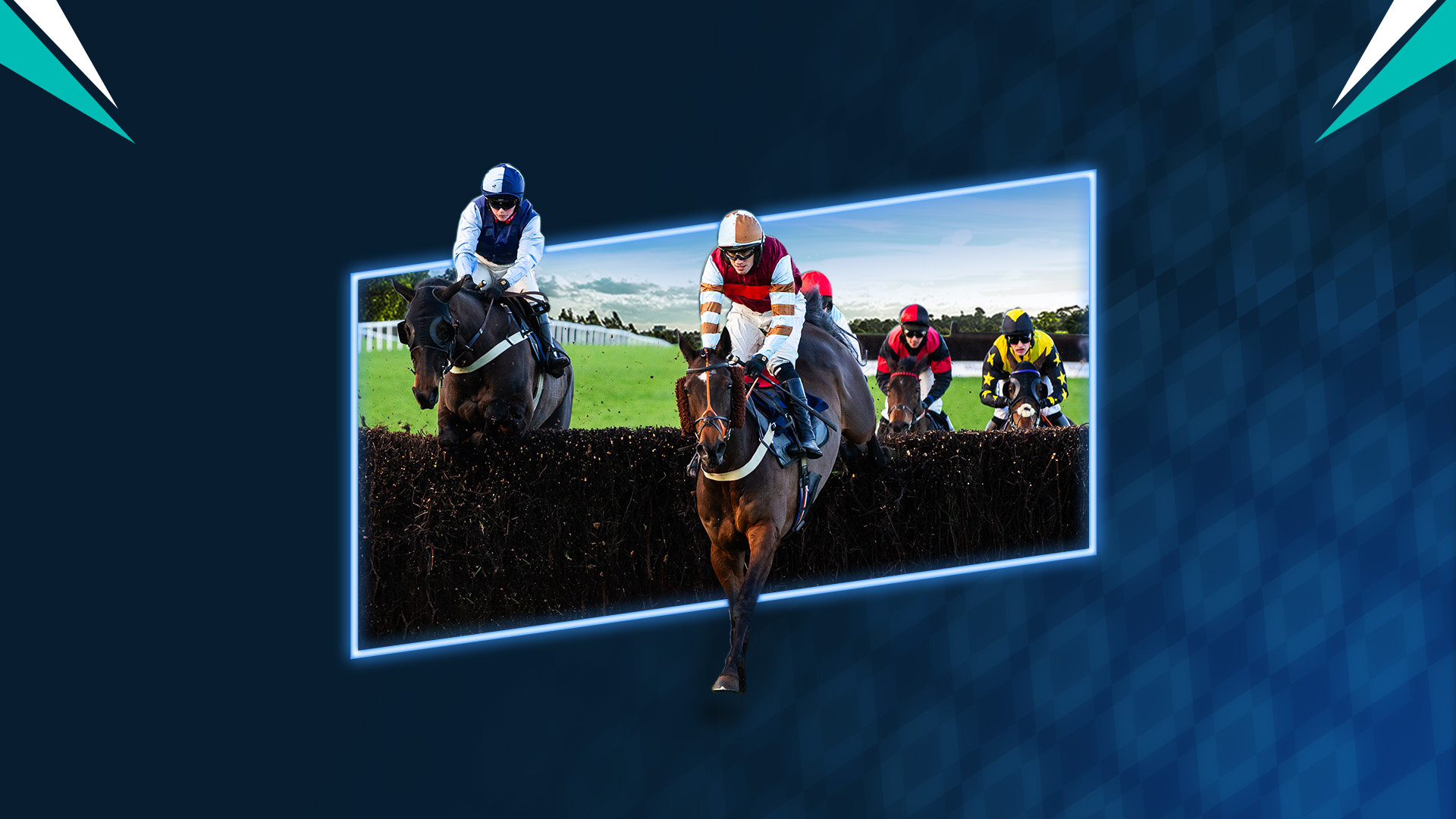
National Hunt Betting Guide
Whether you’re placing a bet at Cheltenham, Kempton or Aintree, the National Hunt Season is full of top-class racing. Not only do we have the main meetings at Bet UK, we also have daily horse racing betting from across the UK and Ireland, so you’ll never miss a hurdle or chase race.
Normally National Hunt racing does run throughout the entire UK horse racing calendar. However, the main events happen between October and April, where the biggest horses in jumps racing will feature in Grade 1 handicaps.
Before placing a bet on any National Hunt Horse racing at Bet UK, you’ll need to know the ins and outs of National Hunt Racing. So, whether you’re looking for a win, place or each way, we’ve got you covered.
In our National Hunt Guide, we’ll talk you through all of the betting options and give you some insight into how to select a horse that can handle the distance and going conditions.
National Hunt Bets at Bet UK?
Win Bet in the National Hunt
A simple bet; it basically means you’re betting on a horse to finish in first place.
Place Bet in the National Hunt
As well as betting on a horse to win a race, punters can place a bet on a horse to finish either second or third in a race.
Each way Bet in the National Hunt
This option provides punters with two separate bets - one to win and one to place. Normally the place part of the bet is settled on the first three horses to finish; however, this can vary depending on the number of horses in the race and whether the race is a handicap.
Non-Handicap Races 2-4 Runners pays on win only 5-7 Runners pay on the first and second with a ¼ of the odds 8 or more runners will pay out on first, second and third with a ⅕ of the odds
Handicap Races 2-4 Runners pays on win only 5-7 Runners will pay on the first and second and offer ¼ of the odds 8-11 Runners on the first, second or third places with a ¼ of the odds 12-15 Runners on first, second and third with a ¼ of the odds 16+ Runners pays on the first four to pass the post with a ¼ of the odds
Forecast Betting
If you want to pick more than one horse in a race, then a forecast could be the best option for you. Within this bet, you will select a horse who will finish in first and second place, and the bet will only pay out if that scenario occurs.
Tricast
This bet is similar to a forecast but involves three horses, and the bettor must select them to finish correctly in first, second and third for the bet to pay out.
What races will horses feature in during the National Hunt Season?
Bumpers are National Hunt flat races that feature zero obstacles. Normally for younger horses who have no experience over hurdles or fences, they will make their debuts in these races in preparation for the next season.
Hurdles are the smallest of the National Hunt obstacles. These are where horses will progress to after bumper races.
Chase fences are the larger obstacles in National Hunt racing. These steeplechase fences require more skill to jump than hurdles, and horses can often fall if they misjudge the size of the fence.
What are novice National Hunt races?
These types of races are specifically for horses who are new to the National Hunt Racing. Common over hurdles and chase fences, multiple races can be seen throughout the season.
What are Handicap races?
Like those seen in the flat season, handicap races are the most common in National Hunt Racing. Each horse in these races will carry different weights depending on its most recent performances.
What are Conditions races?
Unlike handicaps, every horse involved in a conditions race will carry the same weight regardless of their form.
What are the Different Grades of Races Used in National Hunt Racing?
Like other UK horse racing, many of the races across the National Hunt Season will have classifications ranging from Grade 1, which are the biggest races on the calendar, to Grade 2, Grade 3, down to listed races, handicaps and then bumpers. Races will also be given a class of 1-7, with Grade 1-3 contests falling under class 1.
What are the key National Hunt Racing Days
Throughout the National Hunt Season, there are key meetings on which punters will potentially place bets. These are the:
Betfair Chase King George VI Chase at Kempton Cheltenham Festival, which features the Champion Hurdle, the Champion Chase, and the Cheltenham Gold Cup Aintree Festival, which includes the Grand National
What are the most common types of going in National Hunt Racing?
Due to main National Hunt races happening in the winter months, the going conditions for the races are Good to Soft (good ground holding water), Soft (common in the jumps season, the ground holds more moisture) and Heavy (very wet and can be difficult to run on). In Ireland, Yielding is the equivalent of good to soft.
National Hunt Horses to Watch in 2022/23
Honeysuckle
Given her form since 2020 season, it's hard to ignore Honeysuckle. The winner of Champion Hurdle at Cheltenham, the Irish Champion Hurdle at Leopardstown and the Punchestown Champions Hurdle, she looks set to keep her unbeaten run intact this season. We expect to see her in Ireland at some point in November, so keep your eyes on the racecards.
Famoso
A half brother to Tornado Flyer and with bloodlines to Hurricane Fly, it’s hard to ignore the pedigree of Famoso. Trained by Paul Nicholls, it looks as though he’ll go out over distances of just over 2 miles and given the fact he’s had an extra year to mature, we think he’ll soon go beyond his 111 rating.
Exelerator Express
Trained by Bet UK ambassador Neil Mulholland Exelerator Express was victorious in four of his seven outings in 2021 and has also placed in two of those races. He’s expected to head to Cheltenham Festival later in the season with the Arkle the aim.
Coconut Splash
Trained by Evan Williams, this six-year-old ran well last season and finished the campaign with a rating of 137 as a novice chaser. He’ll most likely head to somewhere like Chepstow or Wetherby for his first start of the season, as he seems to favour soft or heavy ground. He’s still a novice when it comes to chasing so it may take a race for him to find his feet, but given that he finished second behind Chantry House in his last race, we expect to see good things.

Ante Post Betting Guide
Ante Post betting, also known as futures betting, is well known with regards to horse racing betting. Horse racing betting often offers odds on big races long before they actually take place, allowing you to potentially get better odds and bigger returns.
What is Ante Post betting?
Ante Post betting is when you place a bet on a horse race before the race card is confirmed and the race actually takes place. For example, the Cheltenham Festival Gold Cup is a popular Ante Post race, as it is one of the biggest races of the horse racing calendar. In the run up to the race, there might be a wide selection of horses that are speculated to be entered into the race. Until the racecard is officially confirmed, any bet placed on the race will effectively be classed as Ante Post.
There are also some risks with Ante Post betting however. As the racecards are not yet confirmed, there is a chance that your selection might not even race. So although you might get increased odds on a sure favourite, there is a chance that your horse has no chance of winning. With Ante Post betting, any bet that is placed and then does not run, will be resulted in a loss. This means that no refunds will be issued and the stake will be lost.
Ante Post betting also applies to more betting markets than just horse racing. There are also other sports that feature ante post betting, including football betting. For example, a bet on the outright winner of the Premier League would be an ante post bet, as it will not be settled until the end of the season. These kind of ante post bets provide less risk however, as the team you bet on is guaranteed to take part in the Premier League season.
Ante Post Betting Example
- The Cheltenham Gold Cup is raced every March at Cheltenham racecourse, but markets for the race are typically open all year round. In anticipation of the race, you decide to place a bet on Horse A in January.
- As the race draws closer, the race card is confirmed. Horse A has instead been entered into another race and will not be taking part in the Gold Cup.
- With Horse A entering into another race, your bet will be resulted in a loss. Unless there is a special ‘No Runner No Bet’ offer, a horse not running will always result in a loss with no stake being returned. If there is ‘No Runner No Bet’ offer, then the stake will be returned.
- If Horse A does run, then the bet will be settled as normal. The bet will also avoid any Rule 4 declarations, meaning that your chances of winning will be increased, but your payout will remain the same.
Head back to our Bet UK Betting Guides for more information on our huge selection of betting markets.
Bet UK's online betting has the latest Ante Post betting on the biggest racing festivals, including the 2025 Cheltenham Festival and Royal Ascot. Bet UK's sports betting blog covers the latest sporting news from all major events, including the latest odds, tips and previews.
More Racecourse Guides
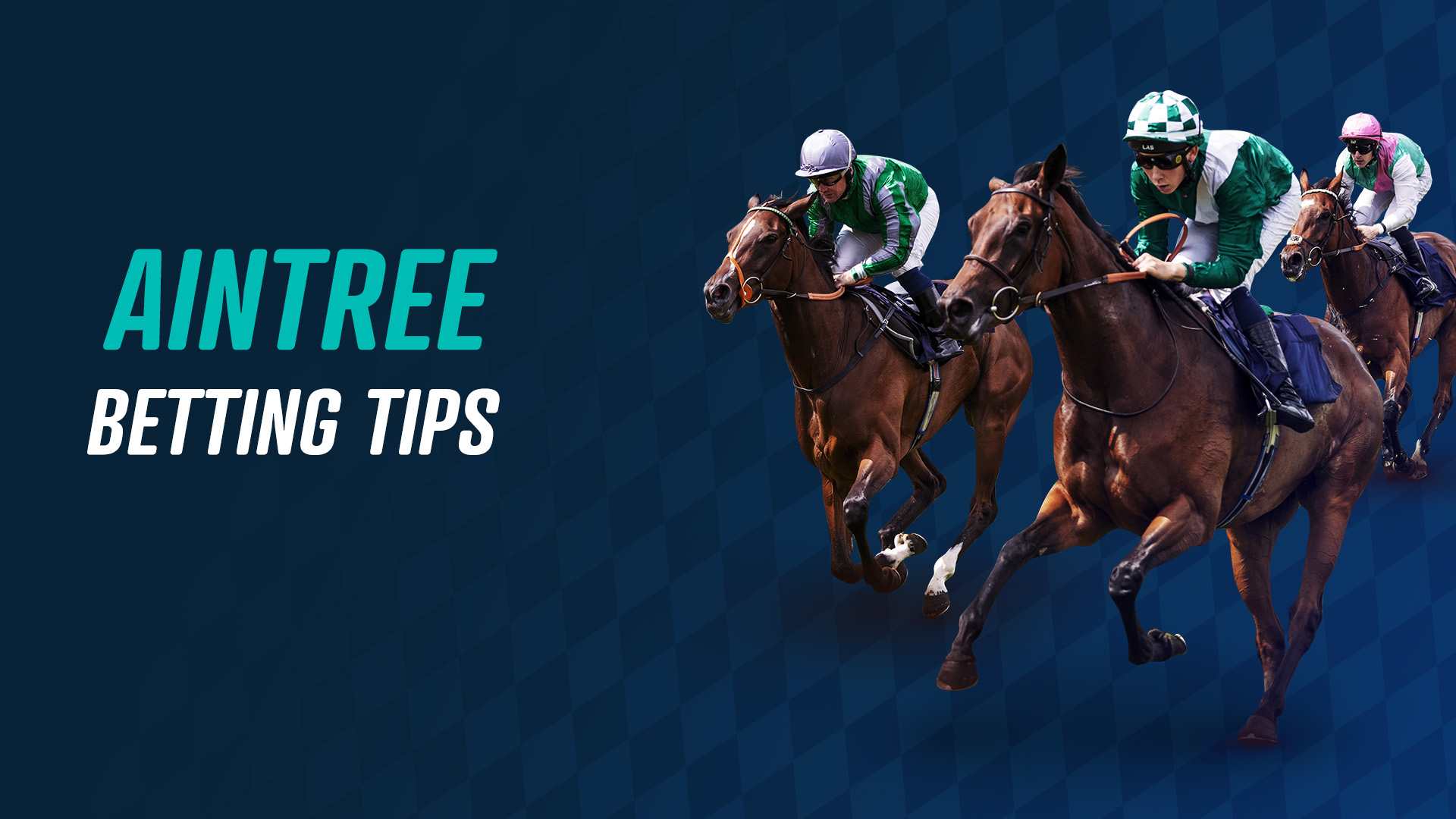
Aintree Racecourse Guide
Aintree racecourse is one of the most instantly recognisable racecourses in the UK and has been home to the Grand National since 1839. With high jumps and unique fences around the circuit, races at Aintree make for some of the most exciting horse races of all time. If you are heading there for the Grand National or simply for a day at the races, Bet UK’s Aintree guide has everything you need to know. Bet UK’s online betting has the latest horse racing betting odds for all Aintree meetings, including for Grand National betting. Bet UK also has a selection of Grand National offers available in the lead up to the race.
Register for an account at BetUK
Where is Aintree Racecourse?
Aintree Racecourse is located just north of Liverpool in the north west of England. It’s close proximity to both Liverpool and Manchester make access very easy, even is the actual village of Aintree is quite small. Aintree can hold 75,000 racing fans and when the Grand National comes around, it’s bound to be a sell out. It’s huge capacity makes it the second biggest racecourse in the UK, only behind Epsom.
Racing on Aintree Racecourse
The track at Aintree is one of the most difficult courses to run on in the United Kingdom and that is demonstrated on Grand National day where horses are pushed to their limits.
The course itself is triangular with the Canal Turn sat as the furthest point from the stands. So, if it comes down to it, your horse might be leading going into the turn but by the time you see it again, it could have dropped significantly down the pecking order. Horses will often look to take the inside of the course as the sharpness of the course is one that leads to many horses struggling and just one bad corner where horses are pushed too far to the outside can cause issues.
To the average punter, the Aintree course is deceiving, even though the course is flat, it is extremely testing for a horse, the stamina required is unheard of and if the horse you're backing isn't on the bridle when leaving the back straight run-in, it's unlikely they'll be victorious. It's a long, long track but if the jockey and the horse can get into a good rhythm with each other, they'll have a good chance of coming out victorious on the Mildmay course.
There are many well-known fences at Aintree including the infamous Becher's Brook and Valentine's alongside the previously mentioned Canal Turn. However, once you've finished those, you have the Chair - which is the tallest fence in the national and the water jump, surprisingly these fences don't take down many horses. Perhaps it's the anticipation of the winning post during the Grand National race that wills these horses down the home straight and into the parade ring because these two - from the outside looking in, look like a dangerous duo of fences.
What is the capacity of Aintree racecourse?
Aintree racecourse can fit in approximately 75,000 people at any one time. This includes all guests, including those who purchased hospitality options at the venue. The only racecourse bigger than Aintree is the racecourse in Epsom, which hosts the Epsom Derby.
How to get to Aintree Racecourse?
Driving to Aintree Racecourse
Driving to Aintree isn’t always recommended because of car parking and large crowds after the races, but if you have no other choice, then Aintree is quite easy to reach. From the north, head along the M6 before leaving at Junction 28 and joining the M58. From there, Aintree racecourse will be clearly signposted. If you are driving from the south, then leave the M6 at Junction 21A and merge onto the M62 heading west. Exit at junction 6 and join the M57, where signposts will direct you the rest of the way. If you would prefer to use SatNav to guide you to Aintree, the course postcode is L9 5AS.
Car Parking at Aintree Racecourse
There is only space for 1,800 cars at Aintree racecourse, so if you are planning on driving, it’s best to get there early. If you are heading there for the Grand National, you will have to book your space in advance. Otherwise, parking is free and can just be grabbed on the day. If you can’t park at the actual racecourse, then there are a few other options including Aintree train station car park and a nearby industrial estate.
Getting the train to Aintree Racecourse
Aintree has its own train station, making it one of the best ways to get to Aintree racecourse. Although it does have it’s own station, it isn’t accessible directly from stations up and down the country. Your best bet will be to get the train to Liverpool and make your way to Aintree from there. There are plenty of trains running regularly so you shouldn’t have any problems. The station is directly across the road from the racecourse, and pedestrian friendly directions are signposted throughout the station.
What is the track like at Aintree?
The track is less important at Aintree, this is a course that is all about the fences. In the Grand National especially, the fences are amongst the hardest to manoeuvre anywhere in the country and can provide problems for even the most experienced jockey. The course features 16 unique fences, although 2 circuits of the course in the National mean there are 30 fences to jump in total. Some of the most notorious include Becher’s Brook, Valentine’s Brook and The Chair. The Chair is one of the hardest fences anywhere in the world. The track rises slightly, before a 6ft ditch is followed by a 5ft 2in fence, before the track drops back down the hill. Typically the sight of a lot of falls in the Grand National, it is always a jump that jockeys take great care on.
Racing Meetings at Aintree Racecourse
Of course, the biggest meeting of the season at Aintree is the Grand National. Arguably the most famous race in the world, the Grand National pits up to 40 horses against each other for 3 circuits of the Aintree course. Typically raced in the first weekend in April each year, the National draws record crowds to Aintree and Liverpool for a race that always promises excitement. There are other events throughout the jumps season, but none will gather the crowds, or create the excitement that the Grand National brings.
If you are betting on the Grand National, please gamble responsibly and remember that when the fun stops, stop. All players must be 18+, begambleaware.org.
